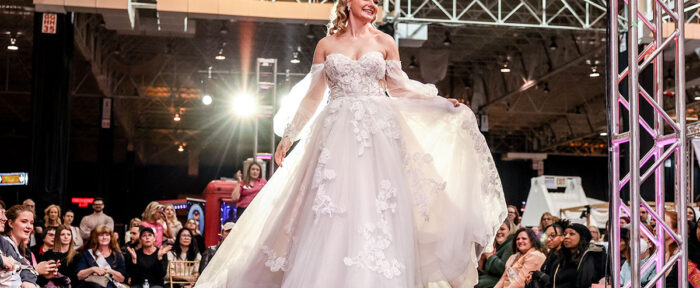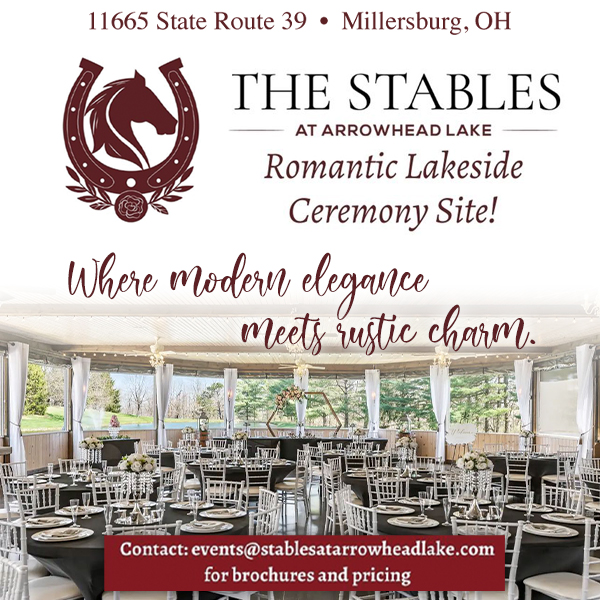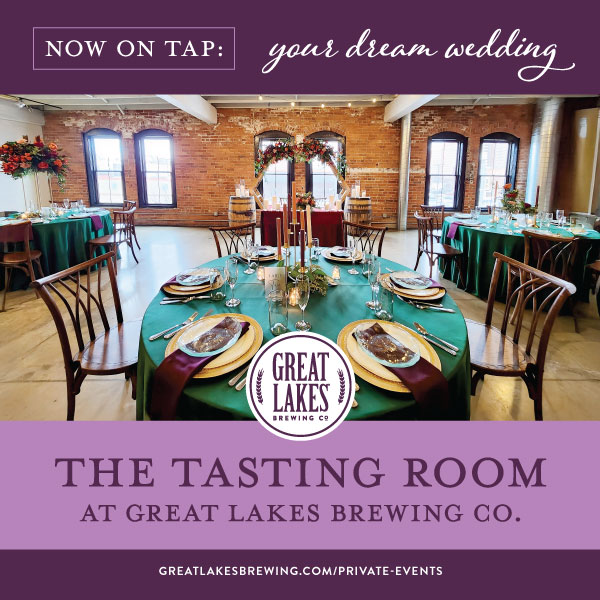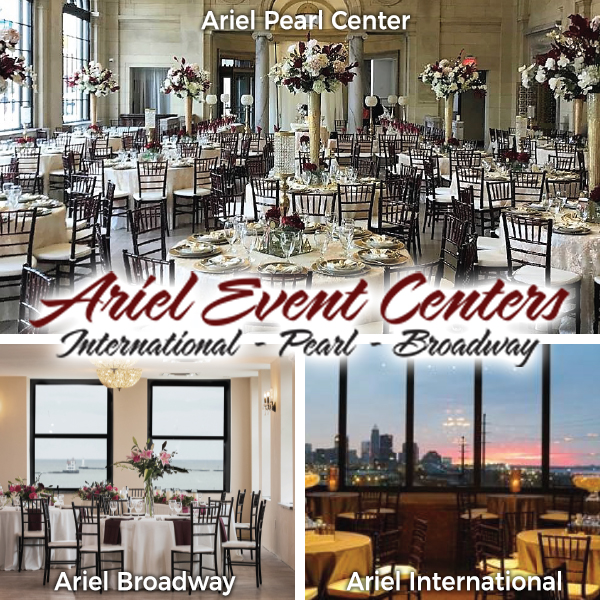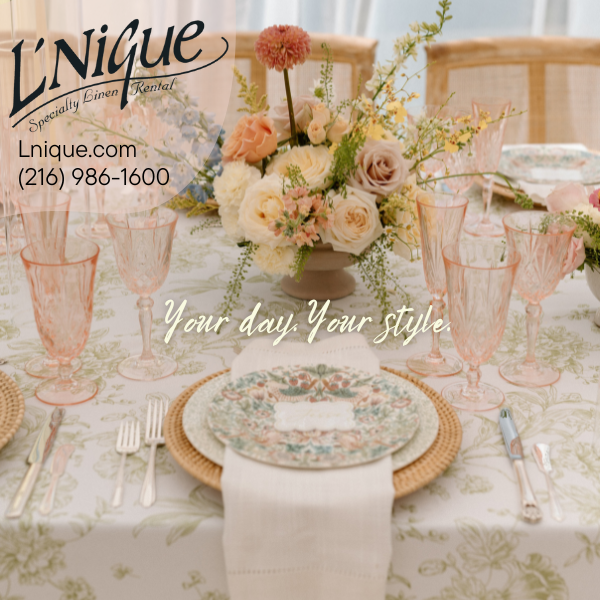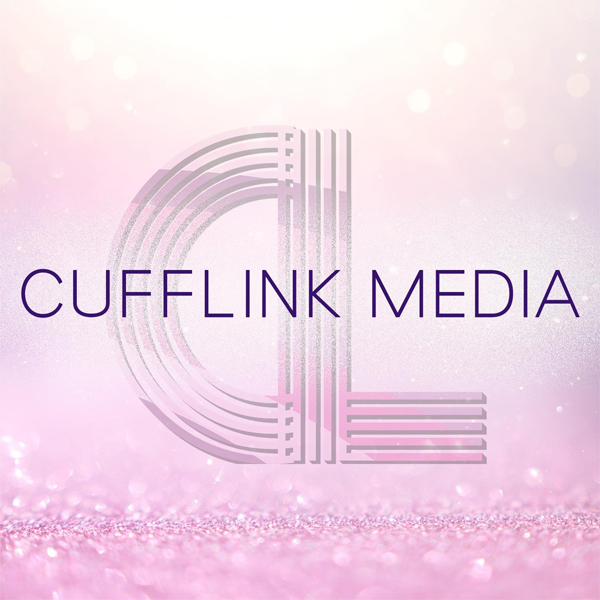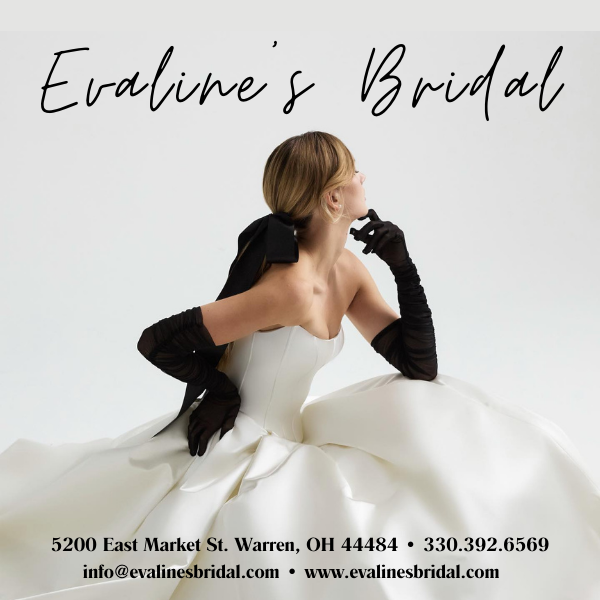The Right Tuxedo For You
What is the difference BETWEEN a suit and a tuxedo?
Suits and tuxedos may look similar, but they have distinct differences. A tuxedo isn’t just a black suit with a bow tie—it’s more refined. Not all tuxedos are black and white; there’s a range of colors and styles, and alternate neckwear options exist.
The critical contrast is silk satin, especially on tuxedo lapels. Suits lack this, keeping the uniform fabric and regular buttons.
Is a tuxedo right for your event? It’s crafted for exceptional occasions, elevating your style. Your choice depends on personal style, the event’s nature, and any dress code. The selection reflects your personality and the event’s context. Feel confident and comfortable in your formal attire choice.

Tuxedo Jacket Styles
Tuxedo jackets come in various styles, each distinguished by its lapel design. There are four primary lapel styles: notch lapels, shawl collars, peak lapels and double-breasted.
-
Notch Lapels: These lapels are the most common style found on suits and some tuxedos. They have a distinct “notch” where the lapel meets the collar. Notch lapels are versatile and can be found on both single-breasted and double-breasted jackets. While they provide a classic and understated look, they might not be as formal as other lapel styles when it comes to tuxedos.
-
Shawl Collars: A shawl collar is a continuous, rounded lapel that is often seen on tuxedos. It has a smoother and more elegant appearance, making it a popular choice for formal events. The absence of angles or points gives the jacket a sophisticated and slightly retro feel, making it a timeless option.
-
Peak Lapels: Peak lapels are characterized by upward-pointing lapel edges. They project a more assertive and formal look, making them well-suited for black-tie events. Peak lapels are often found on double-breasted tuxedo jackets, but they can also be seen on single-breasted styles. They add a touch of sophistication and boldness to your attire.
- Double Breasted: Double-breasted jackets showcase overlapping front flaps and two rows of buttons. Once associated with ’30s gangsters and ’80s Wall Street, today’s versions offer a slimmer, more flattering cut, appealing to those seeking a bold style. While traditionally considered more formal, modern double-breasted suits can be worn anywhere—office, casual outings, or weddings. This is why we’ve designed a double-breasted tuxedo, combining classic tuxedo elegance with the confident charm of a double-breasted jacket.
Each lapel style carries its own aesthetic and level of formality, allowing you to choose one that aligns with your personal style and the occasion’s ambiance. Whether you opt for the classic notch lapels, the refined shawl collar, or the striking peak lapels, your choice can make a significant impact on your overall tuxedo look.
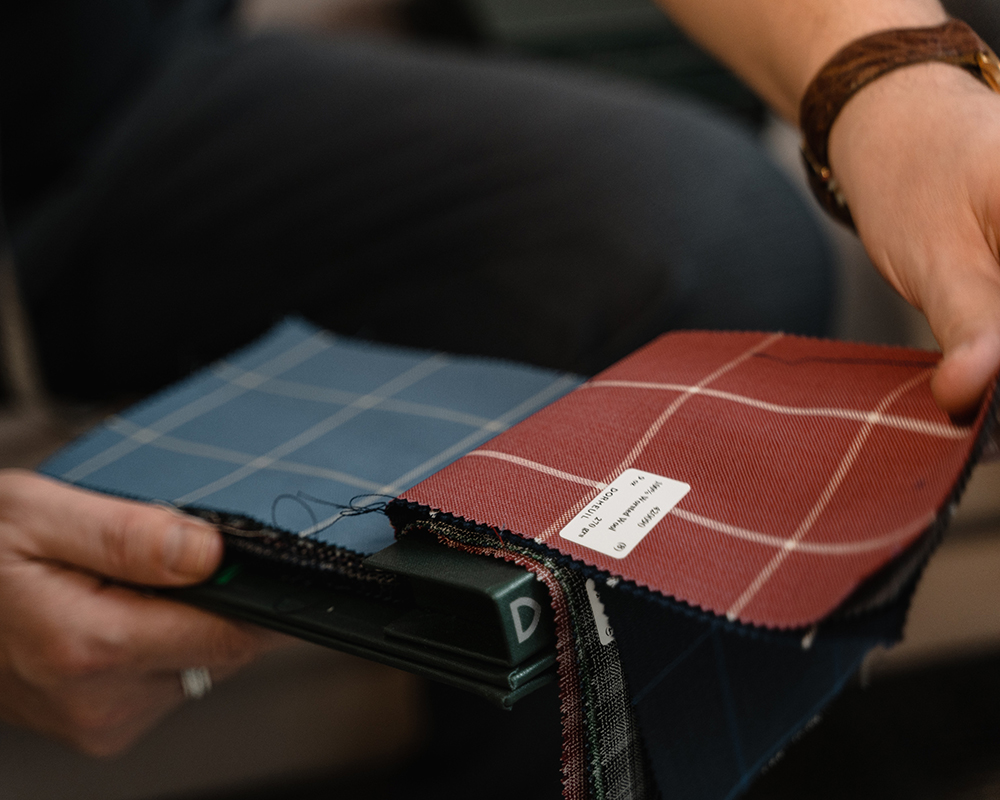
Tuxedo colors and Materials
Color Trends: Tuxedo color preferences have evolved, offering a spectrum of stylish choices. The enduring allure of classic black tuxedos endures due to their timeless sophistication, making them a reliable option for formal events. In contrast, midnight blue tuxedos have gained popularity for their deep and rich hue, serving as a distinct alternative to traditional black. Their chameleon-like quality allows them to appear nearly black in low light and reveal a vibrant blue shade in brighter settings. Meanwhile, a trend toward embracing bolder choices is apparent with the rise of burgundy and jewel tones in tuxedo selections. Dressers seeking a touch of individuality are drawn to these deep, rich shades, such as burgundy, deep green, and dark plum, for an ensemble that exudes uniqueness and sophistication.
Another significant trend involves mixing patterns and colors, which is reshaping the landscape of tuxedo fashion. Departing from monochromatic norms, this approach adds dimension and personalization to formalwear. Patterns offer a versatile range, spanning from subtle floral motifs to contemporary geometric designs. The juxtaposition of textures, such as the interplay between velvet and silk lapels, introduces an element of intrigue. Bold jacket colors, when contrasted with trousers or punctuated by vibrant accessories, inject a modern flair into the ensemble. However, while embracing this trend, achieving a harmonious balance and preserving a sense of formal elegance remain vital for a captivating and stylish tuxedo appearance.
Material Trends: Tuxedo material trends have evolved with captivating options. Velvet tuxedos in deep shades like black, blue, or burgundy have gained popularity, adding opulence to formalwear. Textured fabrics such as jacquard, herringbone, or tweed bring depth and visual interest. Satin accents now experiment beyond traditional areas, while lightweight and breathable fabrics like lightweight wool or linen respond to varied climates. These trends merge tradition and contemporary preferences, offering versatile and stylish tuxedo choices.
Accessories and Neckwear
Tuxedo accessories and neckwear play a crucial role in elevating your overall formal ensemble. These components offer a chance to infuse your personal style and creativity while adhering to formal aesthetics.
Tuxedo Accessories: Adding a pocket square provides a touch of refinement to your tuxedo look—opt for a classic white square or experiment with subtle patterns and colors. Cufflinks serve both functional and decorative purposes, bringing a sophisticated flair to your tuxedo shirt. Choose cufflinks that align with the event’s formality. Shirt studs replace regular buttons on the shirt’s front placket, contributing to a polished appearance. A vest or cummerbund offers a stylish solution to conceal your waistband, completing the tuxedo ensemble with a traditional touch.
Neckwear Options: The bow tie remains a timeless choice for tuxedos, symbolizing elegance. While black is traditional, you can explore a variety of colors and patterns to match your personal style. If you seek a slightly unconventional look, a slim and elegant long tie can work well with a tuxedo. For a vintage-inspired appearance, consider an ascot or cravat as a distinctive alternative to traditional neckwear.
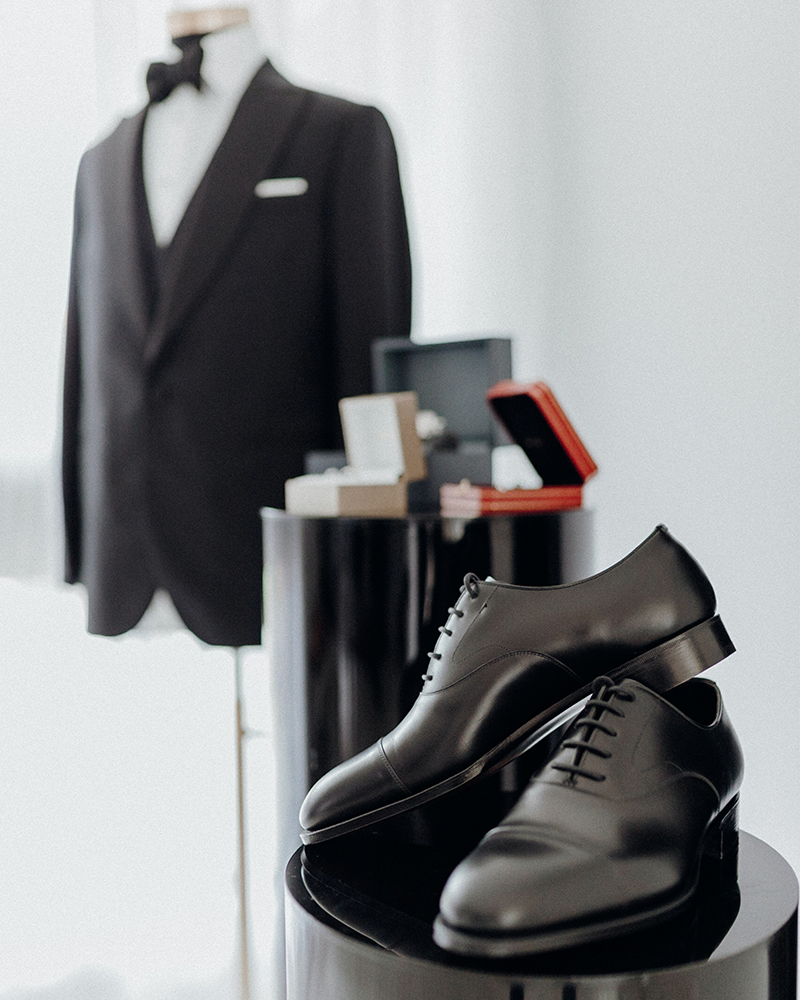
Tuxedo Shoes
Tuxedo shoes encompass various options, each contributing a distinct touch to your formal ensemble:
Patent Leather Shoes: A classic choice, patent leather shoes exude elegance. Their glossy finish complements tuxedos perfectly, adding a polished and sophisticated touch.
Cap-Toe Shoes: Cap-toe shoes are timeless and versatile. With a subtle stitching design on the toe, they strike a balance between formal and understated, making them suitable for a range of formal occasions.
Loafers: Loafers offer a more contemporary approach to tuxedo footwear. While not as traditional as other options, they can be a stylish choice for less formal events.
Oxford Shoes: Oxford shoes are a staple for formal attire. Their closed lacing system and sleek design make them a go-to choice for polished tuxedo looks.
Monk Strap Shoes: Monk strap shoes, with their distinctive buckle closure, add a touch of uniqueness to your ensemble. They can work well with a modern and individualistic tuxedo style.
Velvet Slippers: For a luxurious twist, velvet slippers are an option. They bring a plush texture and can be adorned with embroidery or insignia, making them a playful choice for certain events.
When selecting tuxedo shoes, consider the event’s formality, your personal style, and the overall coherence of your outfit. Each type of shoe offers its own character and charm, allowing you to tailor your choice to the occasion and your preferences.
Put it all together
Crafting an impeccable men’s tuxedo ensemble demands meticulous contemplation of several fundamental components: the style of the jacket, the color and fabric, accessories, neckwear, and footwear. Every element assumes a pivotal role in molding a polished and stylish appearance. Keep in mind that achieving a faultless tuxedo look hinges on achieving a harmonious balance among these constituents. Each fragment should synergize with the others to craft a unified, refined, and graceful aesthetic. Furthermore, personal style preferences and the specific event’s dress code can influence selections within each category.


